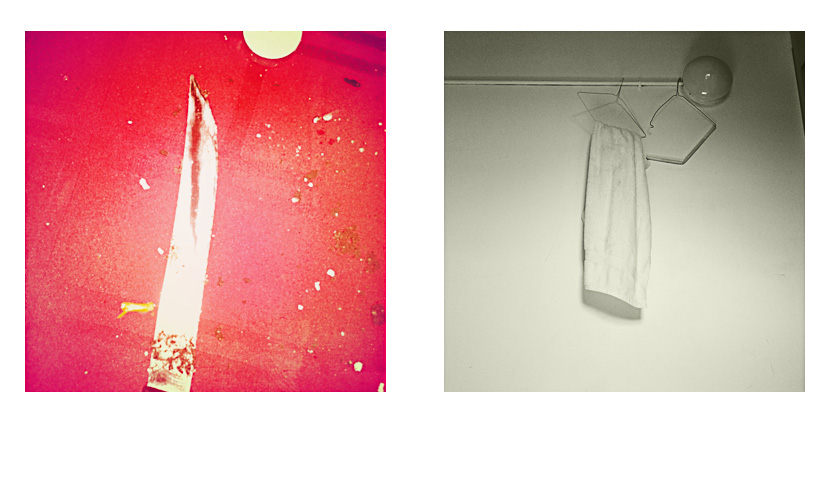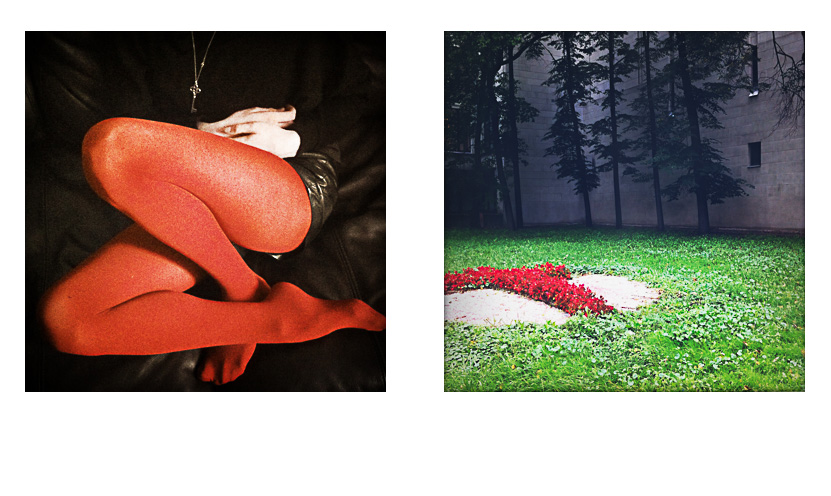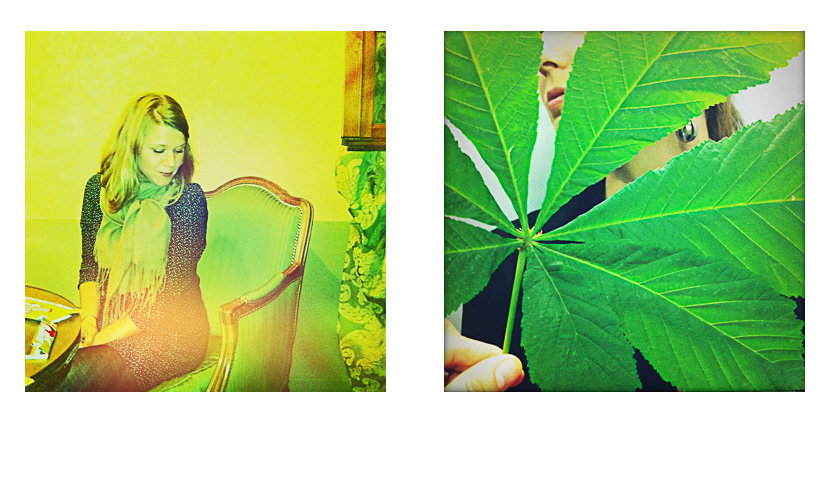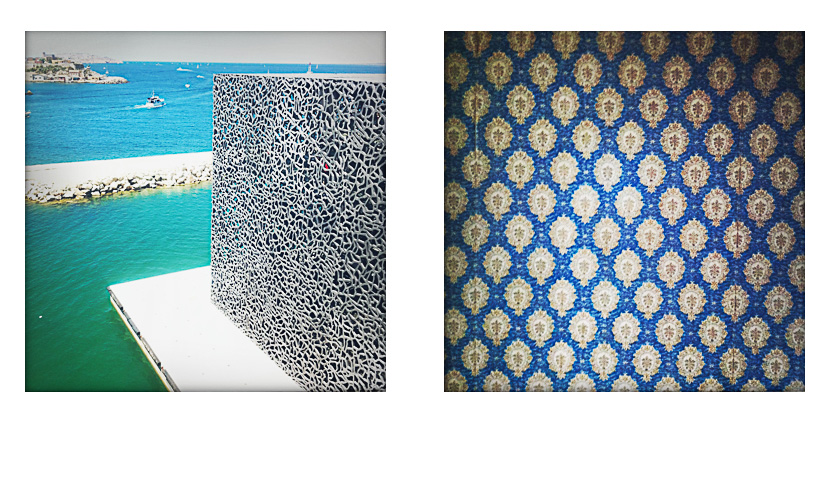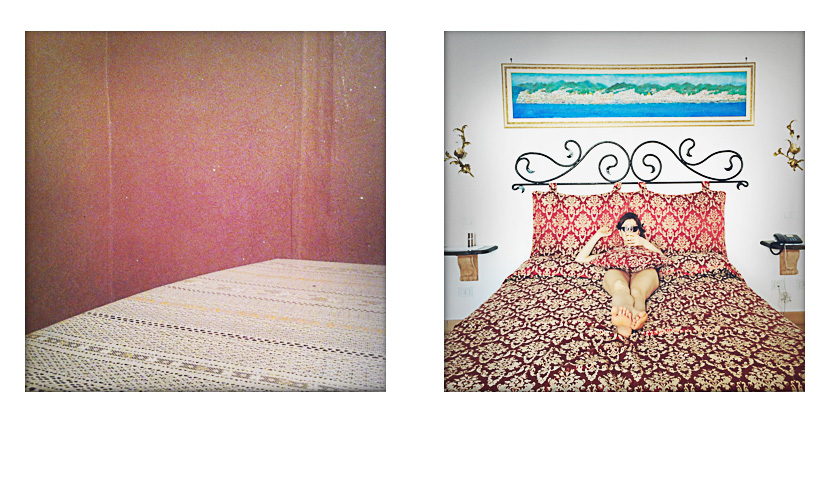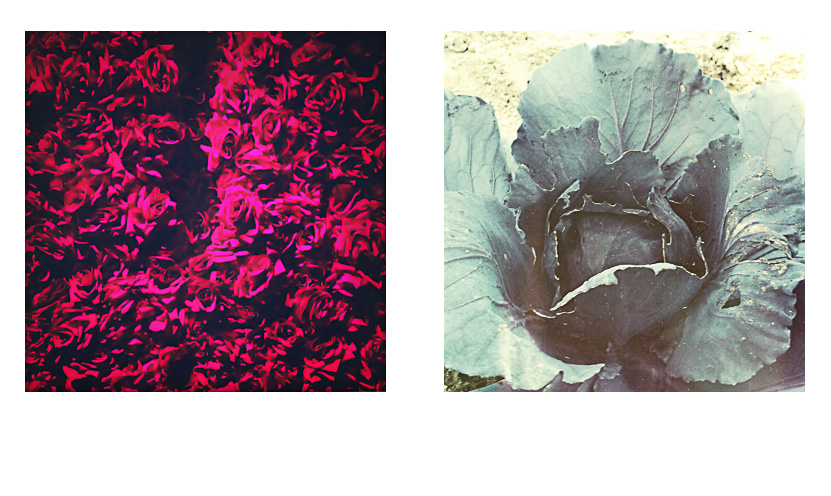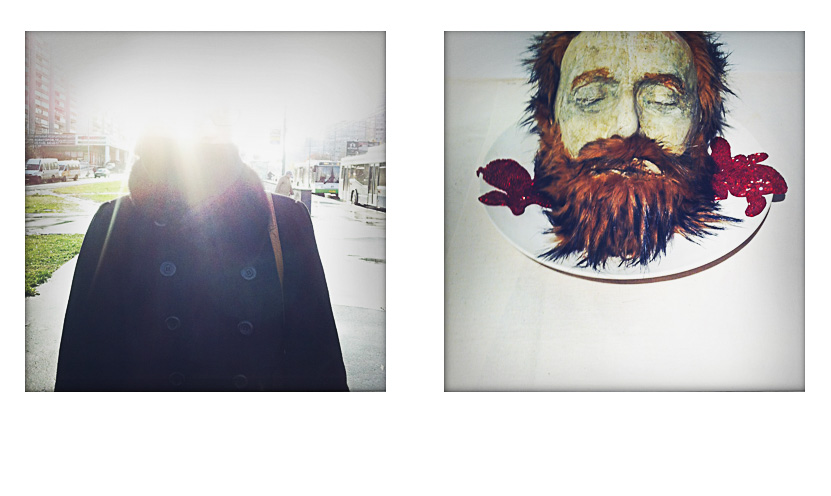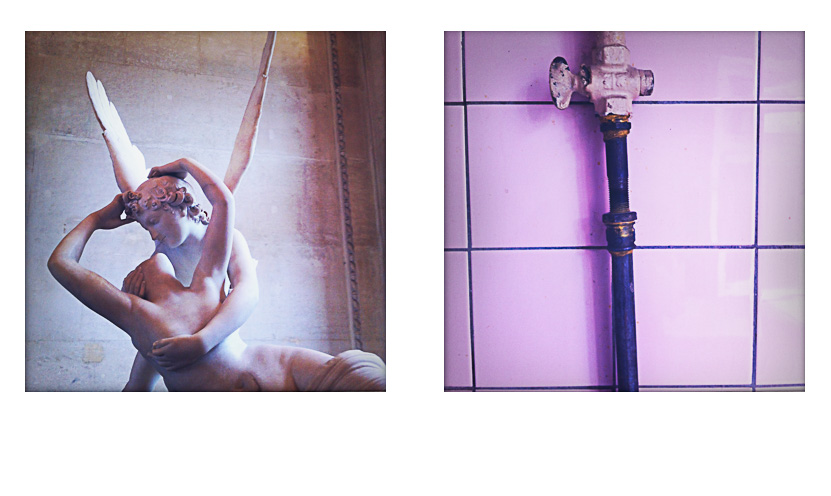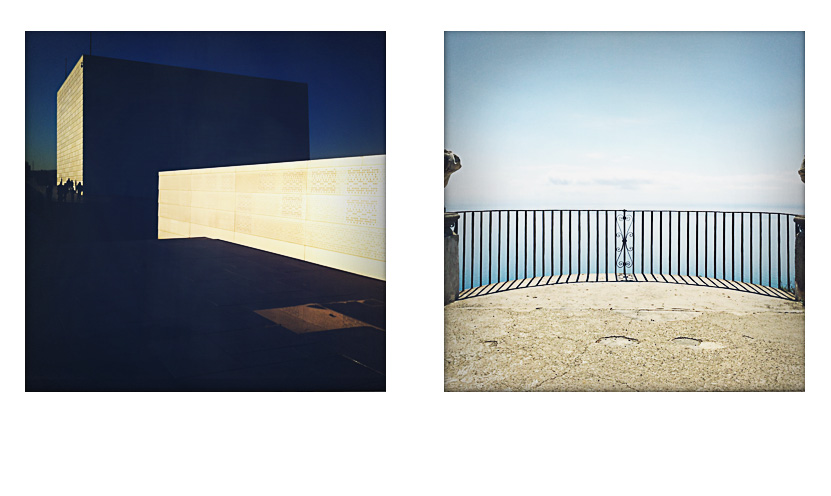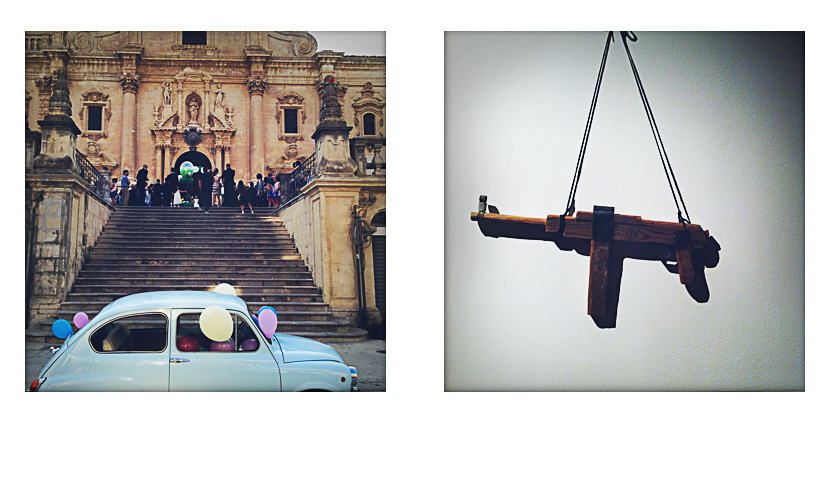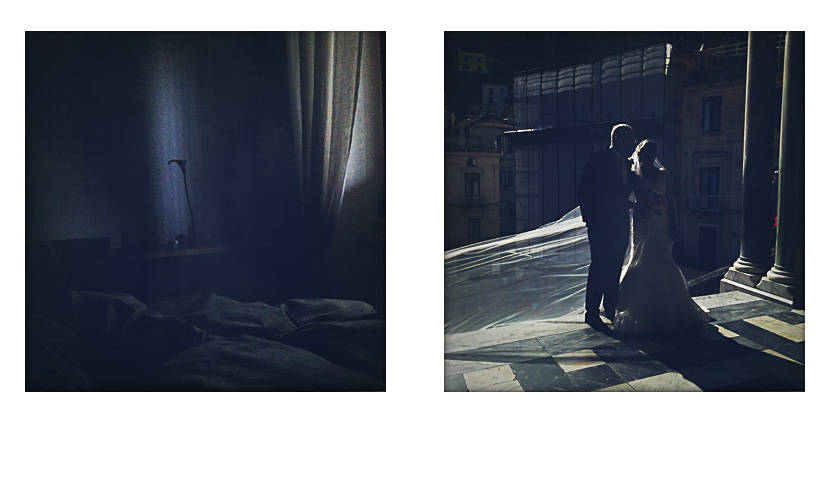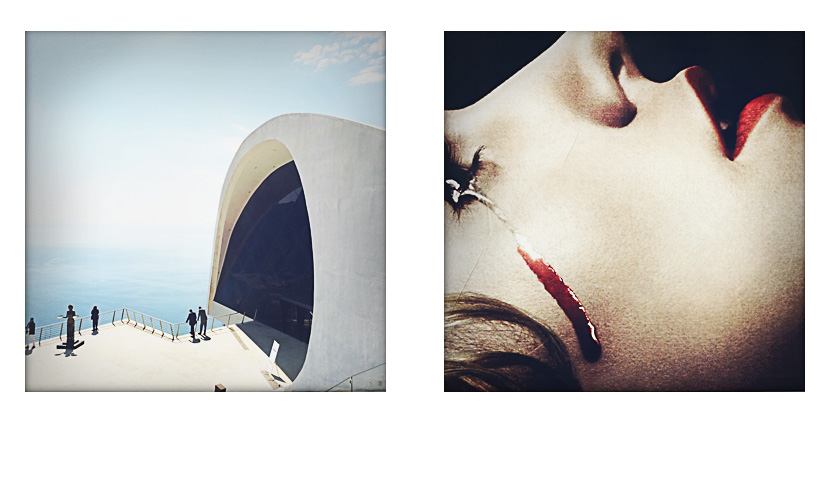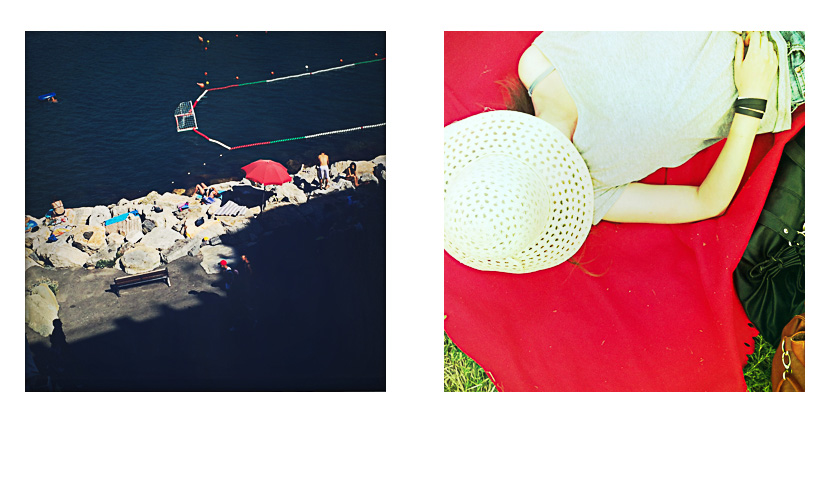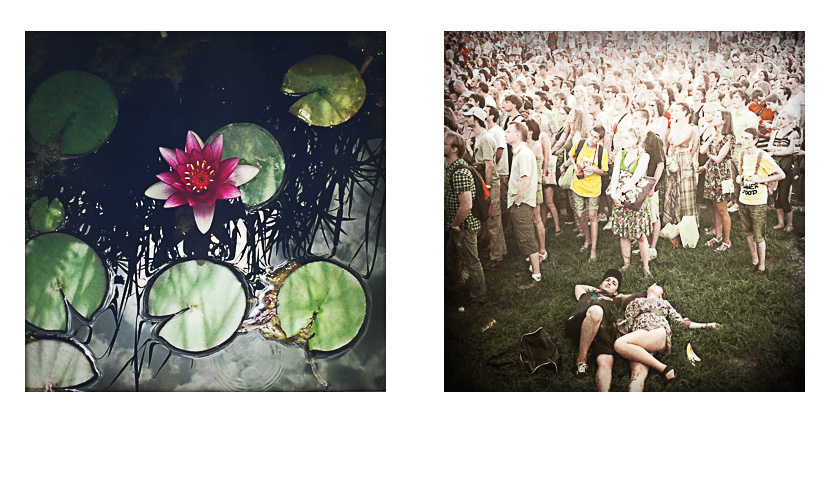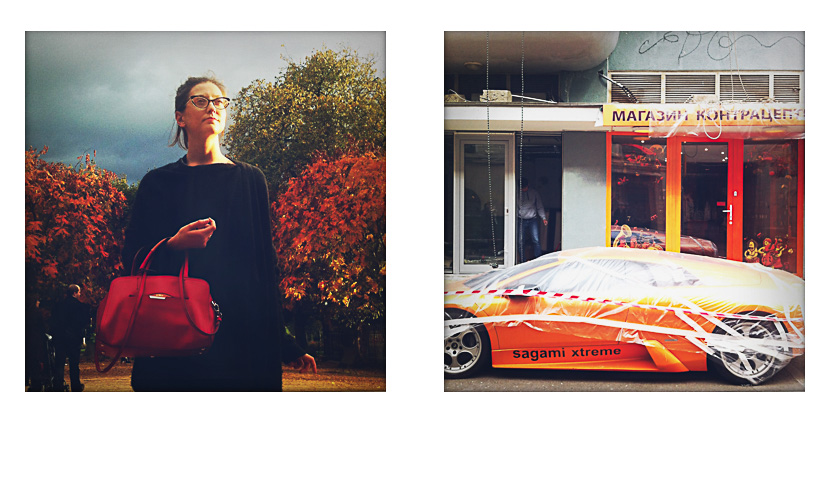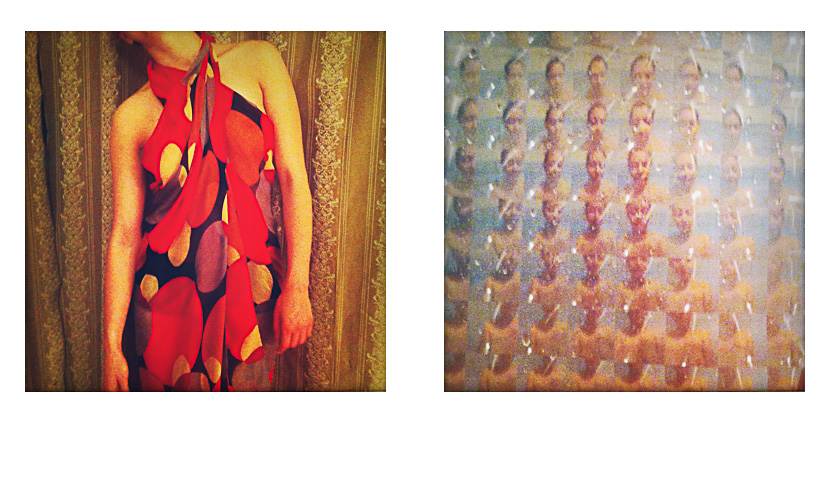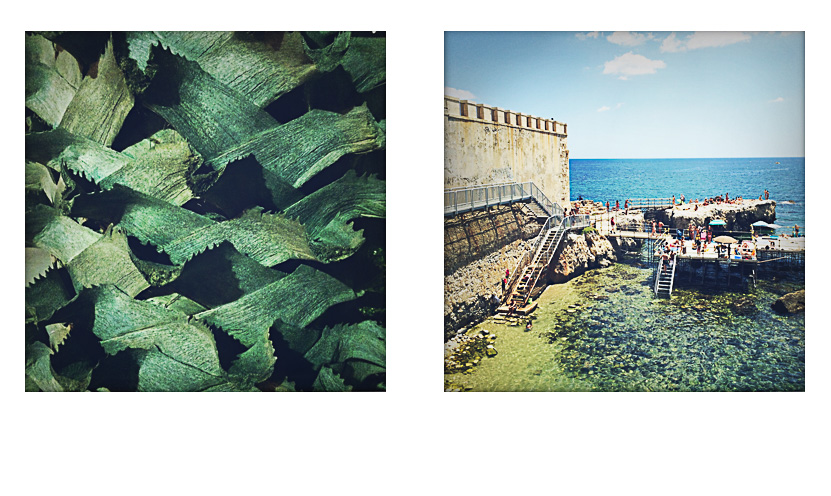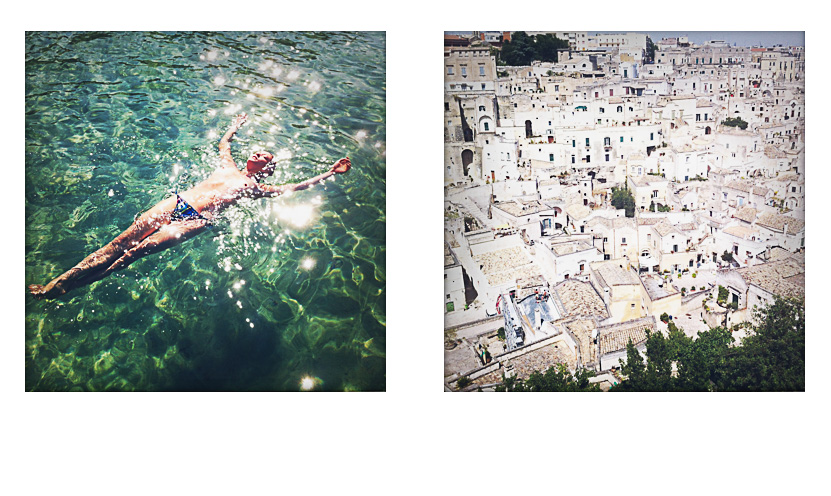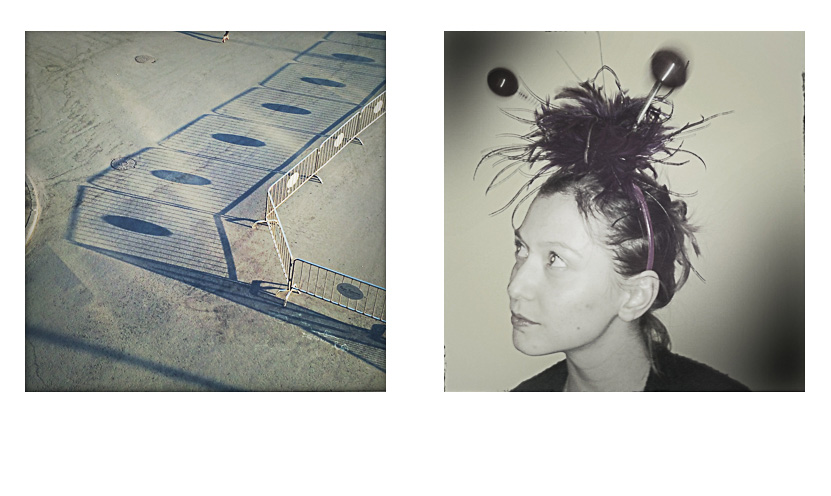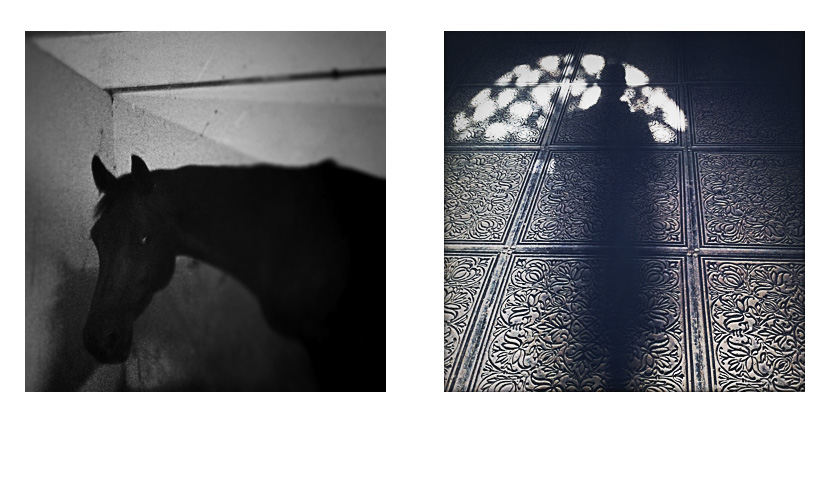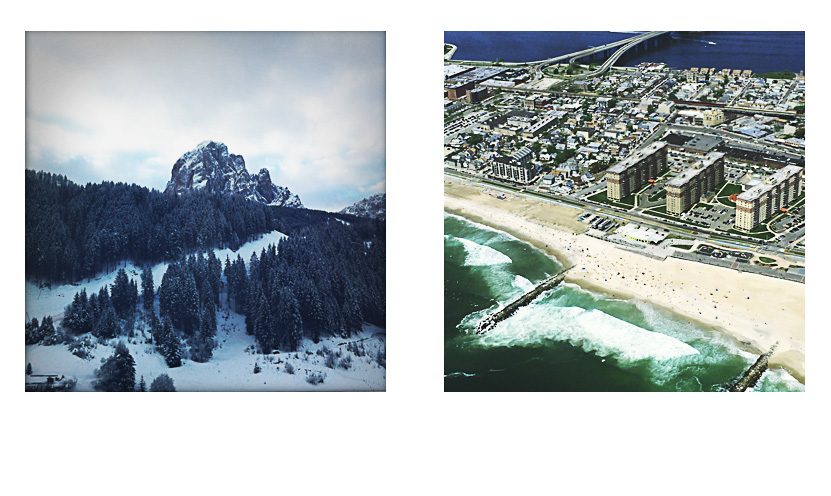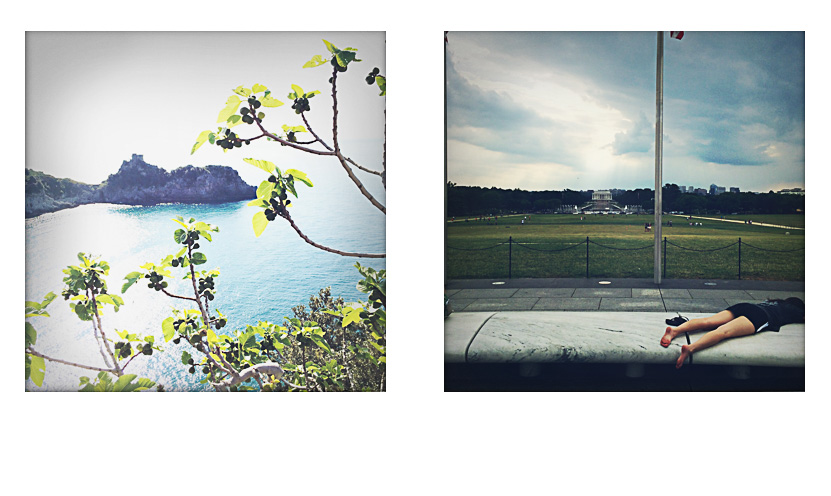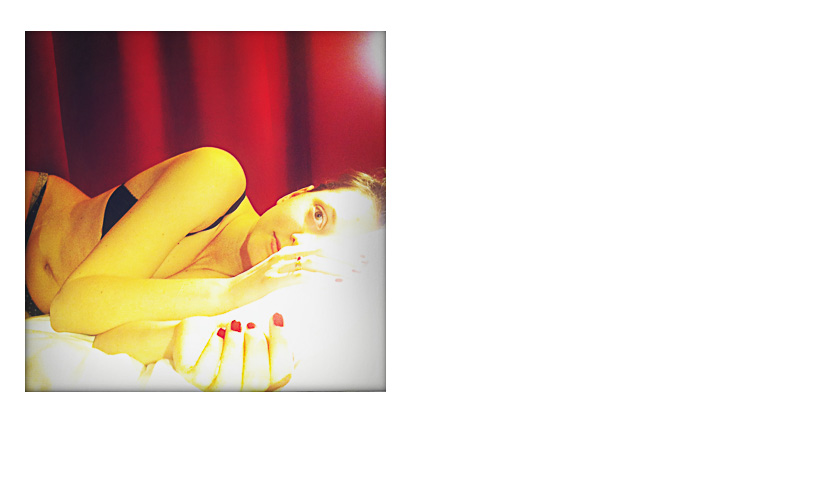"Imperium" - chapter #1: The Capital of the Empire.
In 2007 Viktor Erofeev wrote an introduction for my first book Dusha. In that book there is really few pictures from Moscow, but this is how Viktor begun his text:
“I am convinced that Moscow is the most interesting city in the world. Except that it has a dirty aura. The air is dirty. Its thoughts are dirty. Moscow has told too many lies and continues to do so. It wears heavy make-up. It is a city of shameless advertising. The women wear fur coats and no underwear. I flee from the capital to experience the pleasure of liberation.
When travelling through Russia one has the sense of entering into a great open space where the only company is huge trucks streaking past like meteorites. People say that Moscow is not Russia. It is like oil and water. The greasy stain that is Moscow is lost amid the forests on the outskirts of the capital. Moscow is ruled by time, Russia by eternity.”
Last November Moscow ranked 62nd out of 64 major cities in a global liveability index. In 2012, the Russian government announced the formation of a new “greater Moscow”, and there is talk of a grand urban vision: new jobs, homes, infrastructure and city-wide improvements.
Moscow changed a lot since the first time I arrived there fourteen years ago, and is transforming rapidly in the last two years. Plans involve pedestrianized embankments high-speed water transport, brand-new cycling infrastructure, new parks and of course new dwelling houses in the outskirt of the city. But how much has life really changed for Moscow’s residents? Has the transformation been for the benefit of everyone or just a select few?
“Rendering Moscow” is my attempt to look at the city for what is becoming. In this first part of the project the residents seems to be only a part of the of the new scenography of the city, unaware of the role they may have in the new scheme planned by government and institutions.
To be continued…






